Meaning of The Cardinal: Legends, Lore, and Spiritual Symbolism
Learn the folklore, legends, and spiritual symbols of these beautiful birds, plus how to attract them to your backyard!
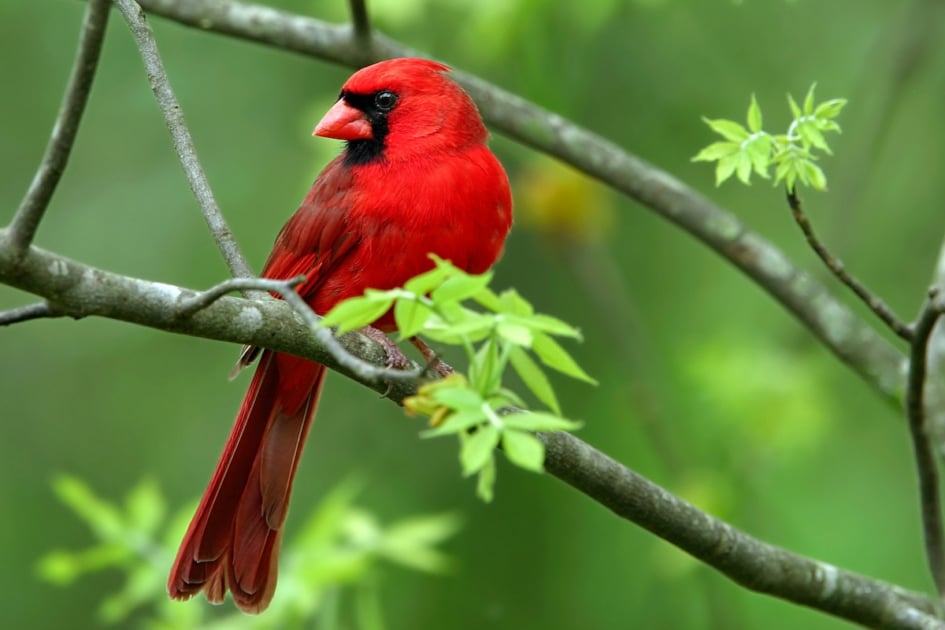
Cardinals are beautiful birds, beloved by birders and non-birders alike. However, they are more than just familiar and easily identified guests at your feeders and backyard baths. Northern cardinals are associated with a great deal of folklore, legends, and spiritual beliefs in many different cultures. Here is all you need to know about the meaning of the cardinal:
Meaning of the Cardinal: Spiritual Link
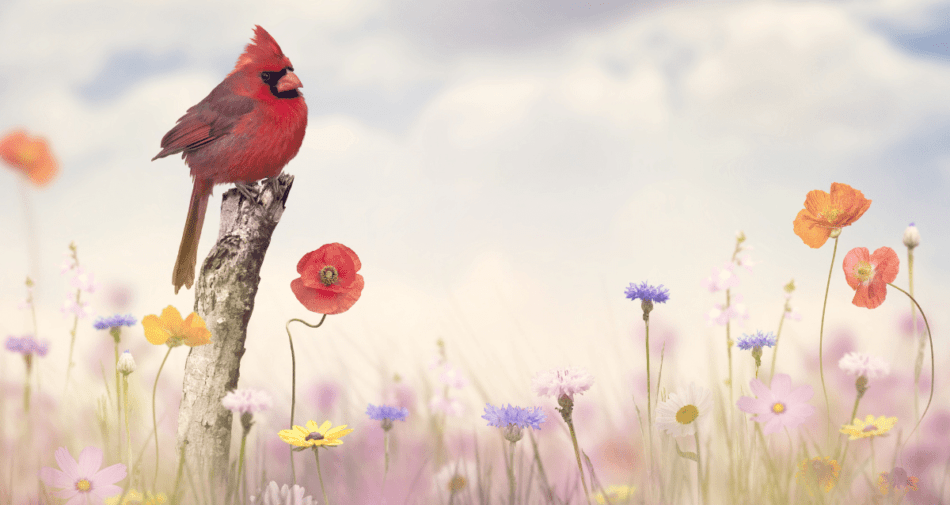
It was these spiritual beliefs, in fact, that gave northern cardinals their name. When European settlers arrived in North America, they noticed these birds’ bright red hue and how closely it resembled the red vestments of Roman Catholic leading bishops. And the bird’s jaunty crest is similar in shape to the church officials’ headgear, especially the tall, pointed mitre.
Coloration is not all that makes cardinals a key figure in different spiritual beliefs. It is common folklore that a visit from a cardinal represents a sign from a loved one who has passed. While this belief cannot be traced to a single origin, birds have often symbolized heavenly visitors, messengers to the gods, or even the gods themselves in feathered form. This belief has been part of ancient Egyptian, Celtic, Maori, Irish, and Hindu spiritualism, as well as the lore and legends of many Native American tribes, including the Ojibwe, Lakota, Odawa, Sioux, Algonquin, and Menomini.
Cardinals And Romance
The Choctaw tribe specifically references the “redbird” as a matchmaker between a maiden and a brave, responsible for bringing them together. This is why cardinals are often associated with romance, and it is believed that if you are single and see a cardinal, romance is in your near future. At the same time, if you are in a relationship and a cardinal crosses your path, it is said to be a reminder to honor your partner and remember the romance that brought you together.
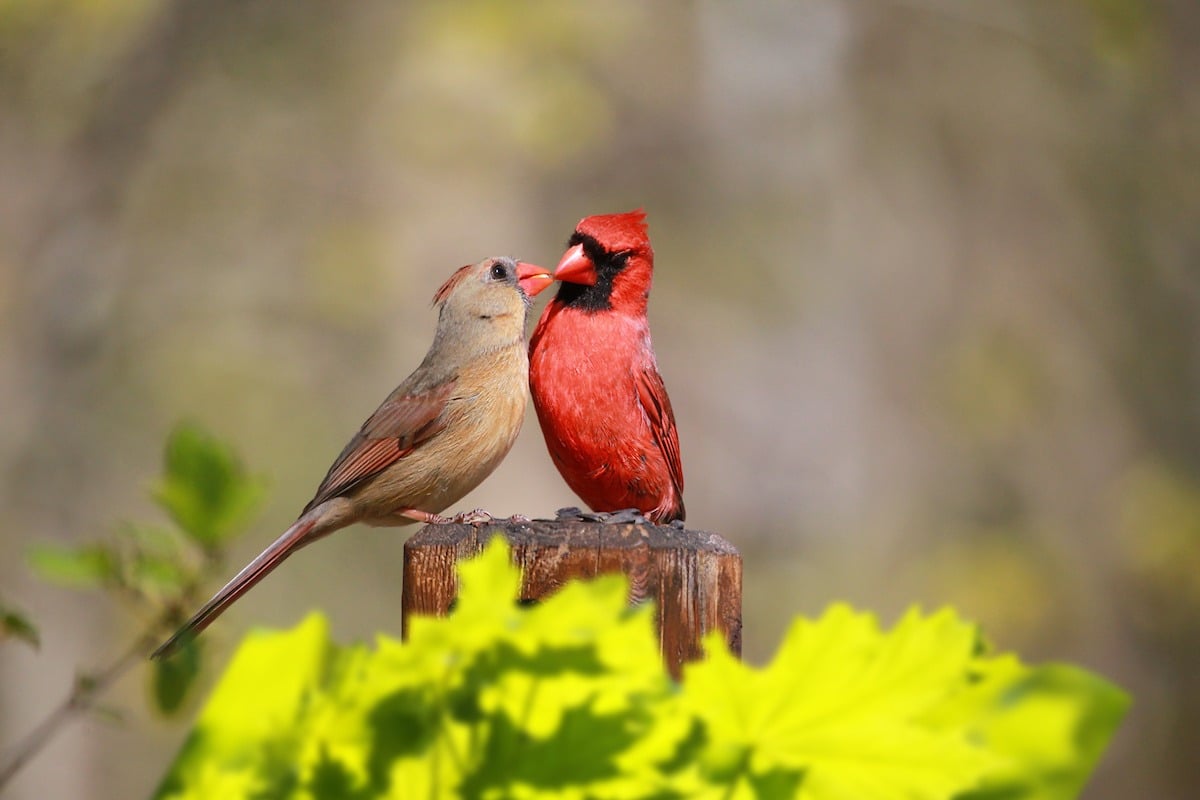
This connection between cardinals and romance is not unfounded. These birds are largely monogamous, and a male cardinal will bring food to his mate while she sits on the nest, offering it to her in a gentle, kiss-like gesture. Cardinals also remain together as dedicated pairs throughout the year, unlike many songbirds that split up after the mating season.
Cardinal Families
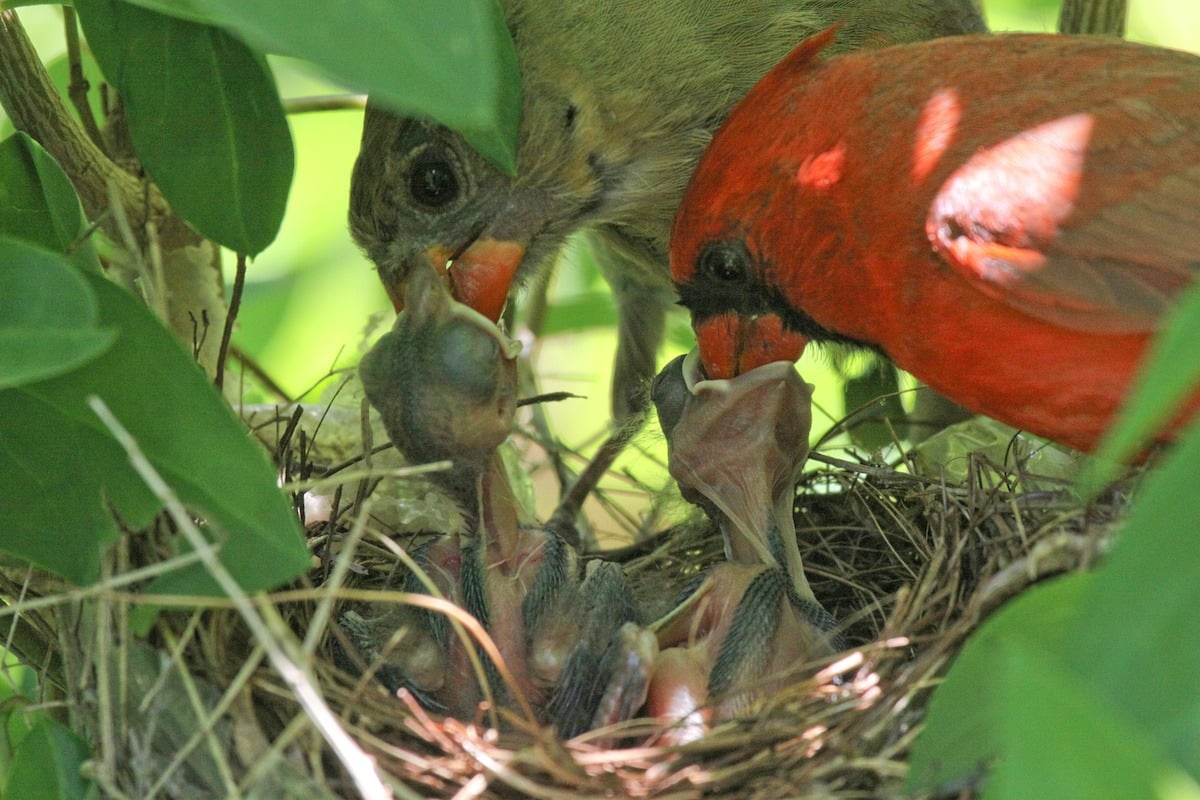
Cardinals are associated with more than just couples, however. After cardinal eggs hatch, both parent birds tend to the chicks, and even after the chicks have matured, they stay together as a family. Cardinal groups are sociable, though, and unrelated birds may join the group or move between groups, just as our own families grow and change, and our own circles of friends adjust throughout the years.
This sociability also connects to the heavenly visits symbolized by the appearance of a cardinal. Because of these birds’ bright red plumage, they more easily catch our eyes, particularly on drab winter days when other colorful birds are absent.
Cardinals are cherished, not just for their bright colors and social personalities, but for the meaning they hold in our lives. From heavenly visitors to spiritual guides to cheery guests on winter days, cardinals are beautiful birds to watch and feed.
Tips To Attract Cardinals To Your Backyard
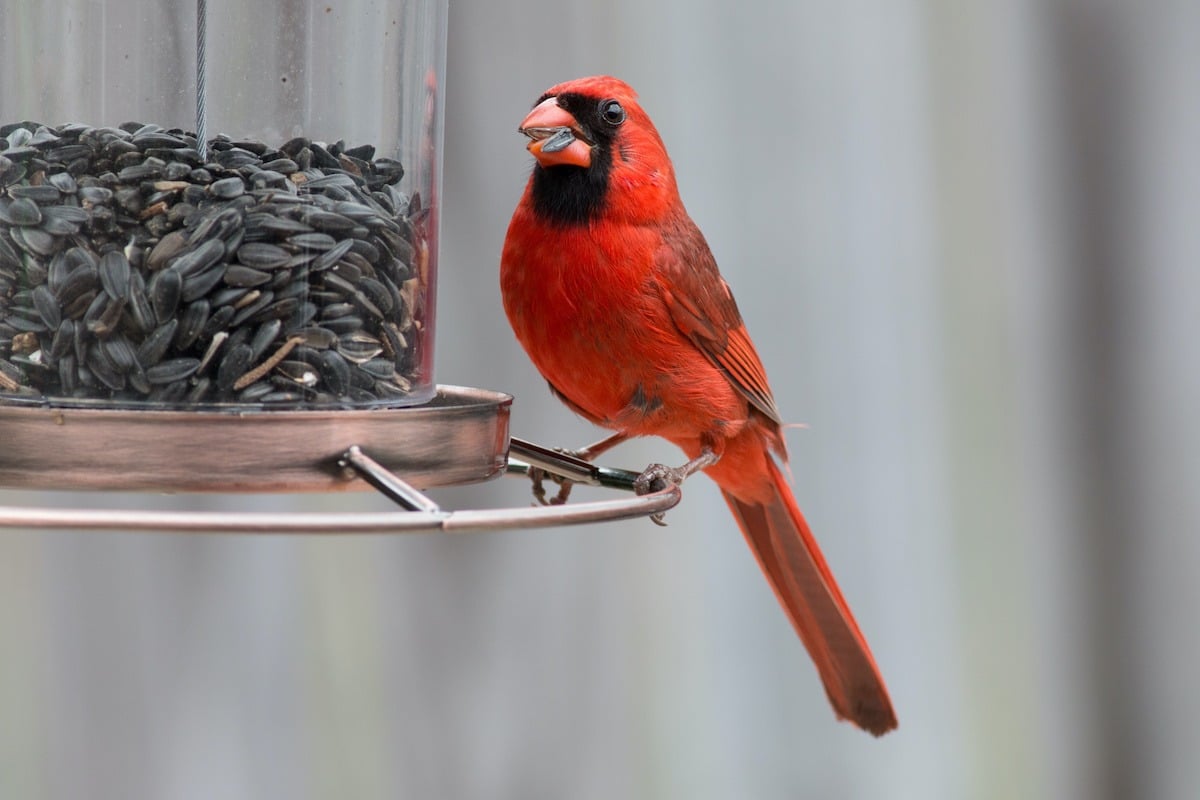
It’s easy to bring northern cardinals to your yard when you meet their needs for food, water, and shelter.
Provide Their Favorite Foods
Use broad, open feeders where these songbirds will feel most comfortable.
- Sunflower seed
- Safflower seed
- Peanut hearts
- Berries
- Suet crumbles
Providing Water
- Use broad, open basins
- 1-2 inches deep
- Ground-level or pedestal baths
- Heated baths for winter water
- Clean bird baths weekly to minimize diseases and keep water fresh
Cardinal Shelters
- Dense vines and shrubs
- Layered thicket-like areas
- Evergreen pine and spruce trees
- Tall brush pile
- Minimize pruning so cardinals always have someplace safe to hide

Melissa Mayntz
Melissa Mayntz is a writer who specializes in birds and birding, though her work spans a wide range—from folklore to healthy living. Her first book, Migration: Exploring the Remarkable Journeys of Birds was published in 2020. Mayntz also writes for National Wildlife Magazine and The Spruce. Find her at MelissaMayntz.com.



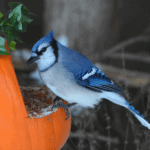
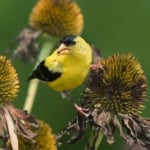






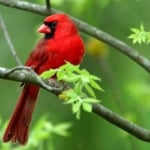
Beautiful article, thank you!!!
I’ve always loved cardinals This is a great article Very informative I have cardinals appear around me quite often i believe it’s my mother and grandparents letting me know that they’re watching over me
I am aware of what the presents of a cardinal means especially after the death of a loved one. Last June I lost my wife of 59 years. February we lost our son. The 2d of this month I lost my mother in law, who was 100 years old. After my wife I saw a cardinal on a couple of occasions. After our son the cardinal made it appearance. The appearance of the bird does give you a certain comfort. I had not seen a cardinal after the passing of my mother in law until this morning. I went out on our deck an looked around and on the ground was a dead cardinal. I am totally freaked out. I’m looking for a reason for what happened.
Love our Cardinals. After my father passed away, I planted a young Oak Tree in his honor. A beautiful pair of Cardinals built their nest, the first year, and they still come back every year, as well as their young. ♥️?
Thank you for sharing this. I miss not having a yard, for I would see the cardinals often. They are such a beautiful bird.